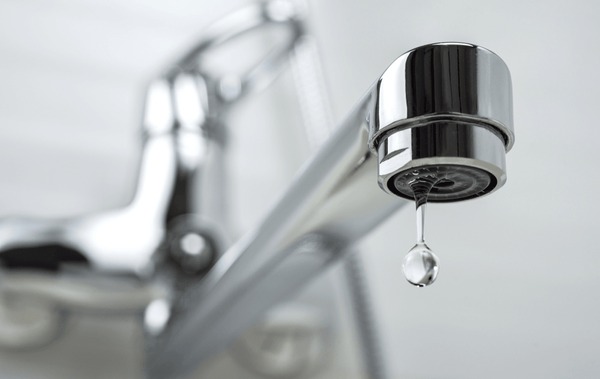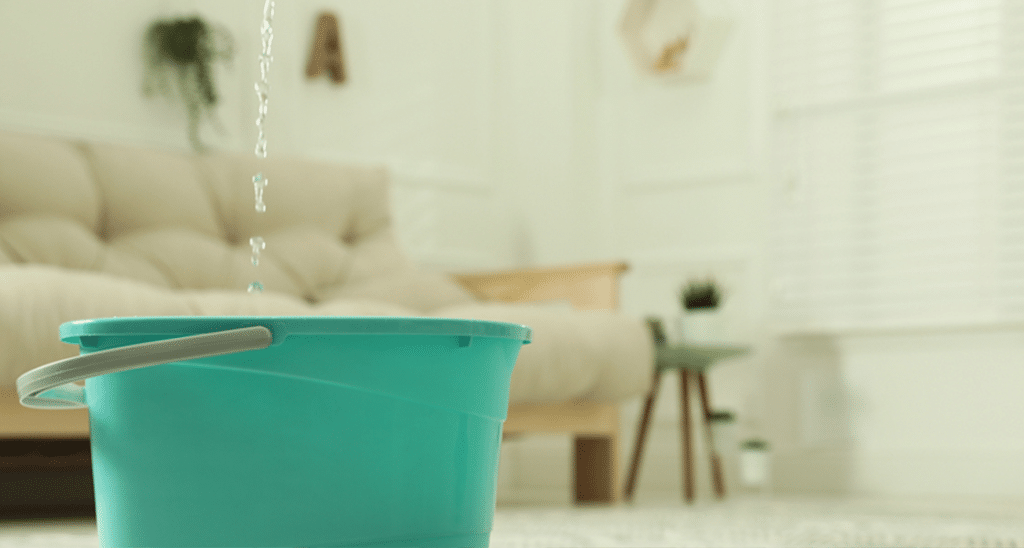Uncovering the Impacts of Recurrent Leaking
Uncovering the Impacts of Recurrent Leaking
Blog Article
The publisher is making a few good annotation on the subject of Health Risks Posed by Leaking Faucets as a whole in this great article following next.

Intro
A dripping tap may feel like a small aggravation, yet its effects expand far beyond the periodic drip. Comprehending the impacts of a leaking tap is critical for both property owners and the environment. In this post, we'll discover the different effects of this common household issue and why resolving it without delay is essential.
Sources Of Leaky Faucets
Leaky faucets can result from a range of aspects, including deterioration, high water stress, and deterioration. Gradually, the continuous use taps can bring about damaged seals and gaskets, causing leaks to establish. In addition, excessive water pressure can place pressure on plumbing fixtures, causing leaks. Deterioration and corrosion can additionally compromise tap parts, making them vulnerable to leakage.
Water Wastage
One of one of the most significant effects of a leaking tap is water waste. Also a small drip can add up to gallons of wasted water with time. This not just increases water costs however likewise adds to water scarcity and ecological degradation. Resolving leaking taps promptly is crucial for preserving this precious resource and decreasing its impact on the world.
Financial Effect
In addition to wasting water, dripping faucets can additionally have a substantial financial impact. Increased water costs are a straight effect of water wastage, costing homeowners numerous dollars each year. Furthermore, the price of repairing water damage brought on by leaks can be considerable, especially if left ignored for a prolonged period.
Ecological Impact
The environmental influence of leaky taps prolongs past water waste. By saving water, homeowners can contribute to wider efforts to reduce water shortage and secure all-natural ecosystems. Sustainable options such as rainwater harvesting and water-efficient fixtures can better reduce the ecological footprint of home water use.
Technical Solutions
Advancements in technology have caused the growth of clever taps and water-saving devices that aid minimize water waste. Smart taps utilize sensors to find motion and change water flow accordingly, decreasing waste without compromising convenience. Water-saving devices such as aerators and low-flow showerheads are also reliable in conserving water without jeopardizing efficiency.
Global Point of views
While leaking faucets might seem like a localized problem, they contribute to more comprehensive worldwide difficulties such as water shortage and climate modification. In areas currently encountering water tension, every decrease counts, making leak avoidance and repair service essential. By adopting water-saving techniques and purchasing sustainable technologies, homeowners can play their part in addressing these pressing global concerns.
Regulative Steps
Government regulations play an important role in mitigating the effect of dripping faucets and promoting water preservation. From building codes that require water-efficient components to water-saving motivations and discounts, policymakers have a variety of tools at their disposal. By implementing and imposing these regulations, federal governments can ensure that property owners prioritize water preservation in their lives.
Neighborhood Influence
Resolving leaking taps needs collective efforts at the neighborhood level. By increasing understanding concerning the importance of water preservation and providing sources for leakage detection and repair, local authorities can encourage homeowners to act. Efforts such as water-saving rebate programs and leakage discovery campaigns can incentivize behavior modification and advertise responsible water use.
Case Researches
Real-life examples of the influence of leaking taps highlight the significance of aggressive maintenance and prompt repair work. From water damage to escalating water costs, the consequences of neglecting leaks can be serious. By sharing these study, home owners can better comprehend the value of addressing leaking taps without delay.
Educational Campaigns
Educational campaigns play a crucial duty in raising recognition regarding the results of leaky taps and promoting water conservation methods. Via workshops, seminars, and on the internet resources, house owners can learn just how to detect and repair leakages themselves. By equipping people with understanding and tools, educational campaigns can foster a culture of accountable water use within communities.
Health Worries
Leaky taps can produce favorable settings for mold and mold growth, posing health risks to residents. The presence of mold can exacerbate respiratory issues and allergic reactions, specifically in at risk people. Furthermore, water damage resulting from leaks can compromise the architectural honesty of structures and cause pricey repair services.
Do it yourself vs. Expert Repair
When confronted with a leaking faucet, house owners often debate whether to try repair work themselves or work with a specialist plumber. While DIY repairs can conserve money, they may not constantly deal with the hidden concern properly. Professional plumbers have the knowledge and tools to detect and deal with leaks correctly, ensuring lasting services and peace of mind for house owners.
Preventive Measures
Avoiding leaky faucets calls for routine upkeep and proactive steps. Straightforward tasks such as changing damaged washers and seals can avoid leaks from developing. In addition, updating to high-grade fixtures and decreasing water stress can assist prolong the life expectancy of faucets and lessen the risk of leakages.
Conclusion
In conclusion, the effects of a dripping faucet expand much past the occasional drip. From water wastage and increased water bills to health and wellness worries and ecological influence, the repercussions of overlooking leaks can be significant. By resolving dripping taps quickly and adopting water-saving practices, house owners can alleviate these impacts and add to an extra sustainable future.
Why You Shouldn’t Ignore a Leaky Faucet in Your Home
What Causes a Leaky Faucet?
Various factors can cause a leak, from loose and worn-out parts to corrosion. Your faucet has four essential components from which most plumbing issues will stem: the O-ring, the valve seat, the washer and the gasket.
What Is an O-Ring?
The O-ring is a stem screw that fastens parts of the faucet in place, preventing water from leaking out of the spout. Depending on your faucet type, the stem might have multiple O-rings. Water will drip from the faucet’s handles and base if this part breaks or deteriorates.
What Is a Valve Seat?
The valve seat controls the flow and temperature of the water. Found at the base of the handle, it works as a seal for the faucet’s stem. The valve seat ensures the water is allowed to flow or is blocked as the handles dictate. You’ll know it’s malfunctioning when water leaks from your faucet’s sides.
What Is a Gasket?
The gasket is found between the water inlet and the valve stem. It creates a seal between the faucet and the sink, holding its joints by aerators attached to the stem’s head. Water will trickle out from the base if the gasket isn’t working.
What Is a Washer?
The washer secures the handles and prevents leakage, serving a similar purpose to the O-ring. While the O-ring is ordinarily round and made from an elastic material, such as rubber, the washer is square-shaped and composed of brass, copper and other hard metals. If it malfunctions, corrodes or has been improperly installed, water will leak out of the handles, causing that incessant faucet drip.
Why Is a Leaky Faucet Dangerous?
A leaky faucet left alone for too long can have significant consequences.
Pest Infestations
Since bugs and rodents gravitate towards the scent of water, a leaky faucet will draw pests to your sink. Both are looking for leaks accessible through crawl spaces, which a faucet provides. If you leave water dripping for too long, you run the risk of an infestation.
Rust
If one of the faucet parts has started to corrode, the resulting rust can spread to your pipes and valves with startling speed. The rust might even lead to cracks or other impairments, resulting in more severe plumbing issues.
Your sink could also sustain damage from a leaky faucet. The water in your tap possesses sparse elements of calcium and iron that can stain your sink with repeated and prolonged exposure. Once those elements in the water have been open to the air for some time, your sink will start to rust, creating marks that can be difficult to remove.
https://www.tomsmechanical.com/blog/why-you-shouldnt-ignore-a-leaky-faucet-in-your-home

I hope you liked our piece on How to Fix a Leaky Faucet. Thanks for finding the time to browse our article. Don't hesitate to take the time to share this blog post if you enjoyed reading it. I value your readership.
Report this page